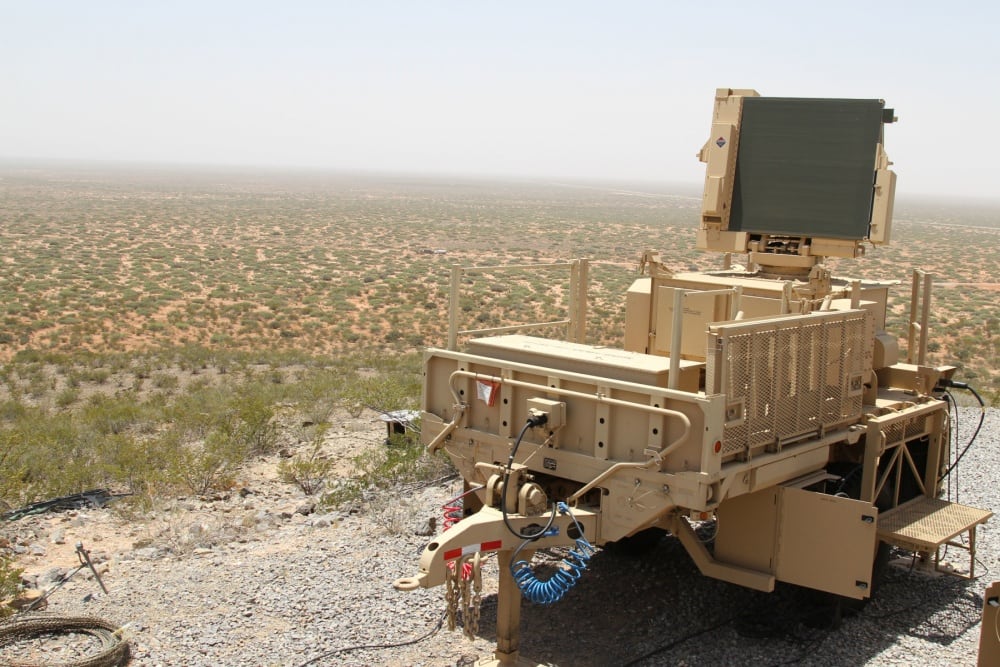If government plans go through, undocumented immigrant children could outnumber military personnel almost 4-to-1 at West Texas’ Goodfellow Air Force Base.
The World War II-era base stood up in the months before the attack on Pearl Harbor, as the United States began rapidly building up its pilot corps in the event of war. These days, it’s home to about 5,500 airmen, Marines, soldiers and sailors who attend its joint fire-fighting school and a defense intelligence school.
It may soon be home to as many as 20,000 unaccompanied minors who crossed into the U.S. illegally, based on a Health and Human Services Department request to DoD. It’s one of two Texas bases ― the other is the Army’s Fort Bliss ― that should begin to absorb some of the thousands of immigrant families and unaccompanied children now in U.S. custody after crossing the border.
RELATED

At a Pentagon briefing Monday, Army Col. Rob Manning, a spokesman, confirmed Goodfellow would initially take up to 20,000 unaccompanied minors who crossed into the U.S. without a parent, and Bliss would handle another estimated 12,000 undocumented families. Previously, families were split apart after they were detained at the border, but the Trump administration ended the practice after widespread criticism. The government still has not reunited most of those separated children with their families.
Based on an agreement last week, DoD has 45 days to prepare its facilities and be ready to take on the first 2,000 immigrants. The agreement calls for DoD to either make facilities available or to construct facilities.
Manning said the department is taking into account the toll that holding a large migrant population could have on the base and its infrastructure.
“Really our responsibility is to find suitable land parcels in order to be able to support those populations that they’ve requested,” Manning said. “We’ve done the assessment to determine that the bases that we’ve announced could support the population without any impact to the garrison.”
Manning said longer-term, DoD is “looking at additional facilities so we can break up those populations, so we can manage the impact on the installations.”
Tara Copp is a Pentagon correspondent for the Associated Press. She was previously Pentagon bureau chief for Sightline Media Group.




